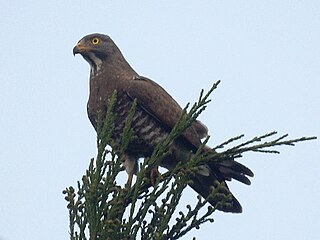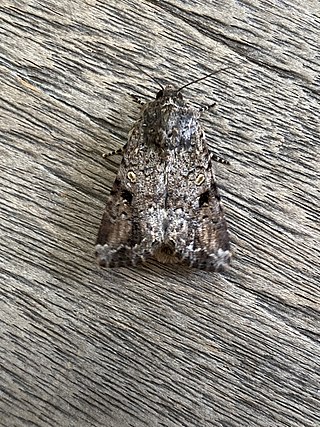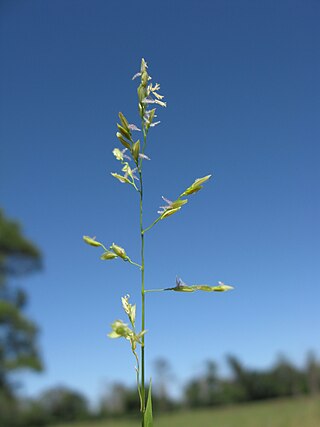
Rice is a cereal grain, and in its domesticated form is the staple food for over half of the world's human population, particularly in Asia and Africa, due to the vast amount of soil that is able to grow rice. Rice is the seed of the grass species Oryza sativa or, much less commonly, O. glaberrima. Asian rice was domesticated in China some 13,500 to 8,200 years ago, while African rice was domesticated in Africa some 3,000 years ago. Rice has become commonplace in many cultures worldwide; in 2021, 787 million tons were produced, placing it fourth after sugarcane, maize, and wheat. Only some 8% of rice is traded internationally. China, India, and Indonesia are the largest consumers of rice. A substantial amount of the rice produced in developing nations is lost after harvest through factors such as poor transport and storage. Rice yields can be reduced by pests including insects, rodents, and birds, as well as by weeds, and by diseases such as rice blast. Traditional polycultures such as rice-duck farming, and modern integrated pest management seek to control damage from pests in a sustainable way.

Cecidomyiidae is a family of flies known as gall midges or gall gnats. As the name implies, the larvae of most gall midges feed within plant tissue, creating abnormal plant growths called galls. Cecidomyiidae are very fragile small insects usually only 2–3 mm (0.079–0.118 in) in length; many are less than 1 mm (0.039 in) long. They are characterised by hairy wings, unusual in the order Diptera, and have long antennae. Some Cecidomyiids are also known for the strange phenomenon of paedogenesis in which the larval stage reproduces without maturing first. In some species, the daughter larvae consume the mother, while in others, reproduction occurs later on in the egg or pupa.

The grey-faced buzzard is an Asian bird of prey. It is typically 41–46 cm (16–18 in) in length, making it a small-sized raptor. It breeds in Manchuria, Korea and Japan; it winters in South-east Asia.
Hirschmanniella oryzae, i.e. rice root nematode (RRN), is among the major pests of rice and is the most common plant-parasitic nematode found on irrigated rice. Recent modifications in cultivation practices have led to a substantial increase in rice production, which has been accompanied by heightened levels of RRN. The proportional increases in RRN with rice production can be explained by the nematode's impeccable adaptation towards constantly flooded conditions in which irrigated rice is often being grown.
Tilletia horrida, rice kernel smut, caryopsis smut, black smut, or grain smut, is a fungal rice disease believed to only affect the Oryza genus. It presents as a partial bunt.

The rice weevil is a stored product pest which attacks seeds of several crops, including wheat, rice, and maize.
Aprostoporoides is a small Indomalayan genus of hymenopteran insects of the family Eulophidae which was described in 2004 with two newly described species from Kerala.
Baeoentedon is a genus of hymenopteran insects of the family Eulophidae, they are parasitoids of whitefly from the family Aleyrodidae which are found on trees of the genus Ficus. They have been recorded from Australia, China, India, Indonesia and Florida. A fifth species, Baeoentodon farazi, was described from Karnataka, India, in 2017.

Spodoptera mauritia, the lawn armyworm or paddy swarming caterpillar, is a moth of the family Noctuidae. The species was first described by Jean Baptiste Boisduval in 1833. Able to eat many types of food, it is a major pest throughout the world.
Zoogloea oryzae is a nitrogen-fixing, catalase and oxidase-positiv, motile bacterium with a polar flagellum from the genus of Zoogloea which was isolated from the soil from a rice paddy field.

Leersia hexandra is a species of grass known by the common names southern cutgrass, clubhead cutgrass, and swamp rice grass. It has a pantropical distribution. It is also an introduced species in many regions, sometimes becoming invasive, and it is an agricultural weed of various crops, especially rice. It is also cultivated as a forage for livestock.
Orseolia oryzae, also called the Asian rice gall midge, is a species of small fly in the family Cecidomyiidae. It is a major insect pest of rice. The damage to the crop is done by the larvae which form galls commonly known as "silver shoots" or "onion shoots". The rice plant is stunted and the seed heads fail to develop.

Xanthomonas oryzae pv. oryzae is a bacterial pathovar that causes a serious blight of rice, other grasses, and sedges.
Pleomorphomonas oryzae is a nitrogen-fixing bacterium species from the genus of Pleomorphomonas which has been isolated from the rice plant Oryza sativa in Japan.
Roseomonas oryzae is a species of Gram negative, strictly aerobic, coccobacilli-shaped, pale pink-colored bacterium. It was first isolated from rice paddy rhizosphere soil in Western Ghats, Kankumbi, India. The species name is derived from Latin oryzae.
Flexivirga oryzae is a Gram-positive, strictly aerobic and non-motile bacterium from the genus Flexivirga which has been isolated from soil from a rice field from Korea.

Tritirachium oryzae is a fungus in the Basidiomycota often mistaken for a member of the Ascomycota. it is a mesophile linked recently with human pathogenicity in multiple, rare cases. This species produces airborne spores and is an endophyte of several plant species in North America, South America and in the Middle East.
Intrasporangium is a genus of Gram positive, nonmotile bacteria. The genus name refers to the mycelium of the type strain forming intercalary vesicles that were originally identified as spores. However, no spores have been observed in later studies. The family Intrasporangiaceae is named after the genus, and Intrasporangium is the type genus for the family.
Intrasporangium oryzae is a species of Gram positive, strictly aerobic bacterium. The species was initially isolated from rice paddy soil. The species was first described in 2007, and its name is derived from Latin oryzae. It was originally placed in the novel genus Humihabitans, but further research reclassified the species as a member of the existing genus, Intrasporangium. Because Humihabitans was monospecific, with H. oryzae as the only species, the genus is now defunct.
Baeoentedon bouceki is a species of wasp, one of the first three members of the genus Baeoentedon to be discovered in China. It is less than a millimetre in length, with a head slightly wider than the middle portion of the body. Only one specimen has been studied, collected from Hainan in 1983. As that specimen is female, the appearance of males is unknown.







